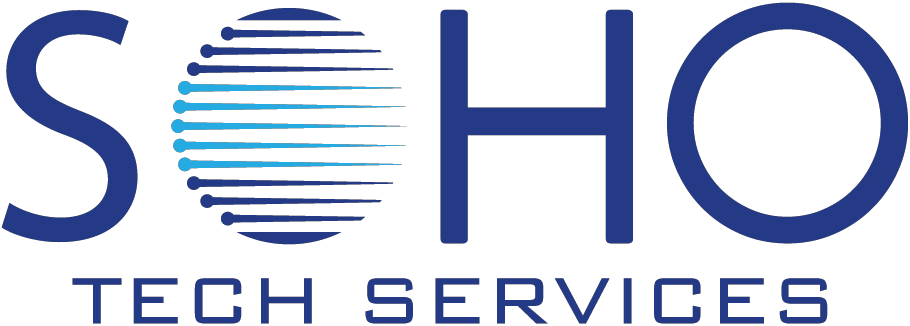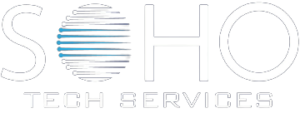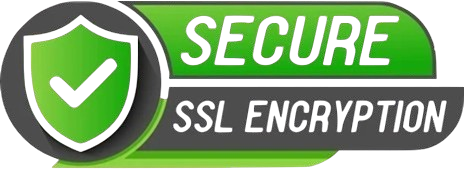
Understanding Eligibility Verification in Medical Billing
Every healthcare professional knows that Eligibility Verification in Medical Billing must be performed accurately and within specific time frames to ensure proper revenue cycle management and reduce claim denials. The increasing complexity of the healthcare system has made it essential for medical practices to verify patients’ insurance eligibility before services are rendered. This process not only protects healthcare practices from unpaid claims but also helps patients clearly understand their insurance coverage and financial responsibilities.
Importance of Eligibility Verification in Medical Billing
Eligibility Verification in Medical Billing involves confirming a patient’s active insurance status and verifying their health insurance coverage for the medical treatment provided. This process serves two important purposes: effective administration and financial efficiency.
Insurance eligibility verification done in advance helps clinical staff:
- Avert unwarranted claim denials
- Facilitate prompt reimbursement
- Provide patients with accurate cost estimates for services rendered
- Confirm insurance benefits verification, including co-pays, deductibles, and coverage limits
Practices that do not perform due diligence in eligibility verification risk providing treatment services not covered under a patient’s plan, leading to billing complications and financial losses.
Step-by-Step Guide to Insurance Eligibility Verification
The medical insurance verification process is, by nature, a systematic workflow. Below are the steps:
1. Collect Patient Information: Gather complete and accurate data, such as the patient’s name, date of birth, policy number, and insurance company details.
2. Verify Insurance Coverage: Contact the insurance company through a portal, phone, or clearinghouse tools to confirm the patient’s active status and health insurance coverage.
3. Verify Plan Benefits: Review the plan details to confirm covered services, exclusions, and any referral or authorization requirements.
4. Document Information: Record all verified information in the patient’s record for future reference and billing.
5. Communicate with the Patient: Explain the coverage status, any out-of-pocket costs, and which services are covered or not.
This structured approach ensures that no important details are overlooked during healthcare eligibility verification.
Top Tools for Automated Eligibility Checks
Automation in medical billing eligibility verification has gained popularity among healthcare professionals as technology advances. These tools integrate with electronic health records (EHR) and practice management systems to reduce manual work and minimize human errors.
The following tools are popular in the industry:
- Availity: Provides real-time medical insurance verification and eligibility reporting.
- Change Healthcare: Enables seamless integration with EHR systems for batch and real-time eligibility checks.
- Kareo: Offers thorough verification of insurance benefits and eligibility summaries.
- Waystar: Identifies inactive policies and potential coverage issues before services are rendered.
These tools increase productivity and ensure that healthcare eligibility verification is performed with the highest accuracy and efficiency.
Common Eligibility Verification Errors and How to Avoid Them
Even with protocols and systems in place, medical teams may still encounter errors in Eligibility Verification in Medical Billing. Such errors can lead to denied claims and delayed payments. Common causes include:
- Incorrect patient details: Misspelled names, wrong birth dates, or outdated insurance information.
- Failure to check for secondary coverage: Overlooking multiple insurance policies, which can result in incorrect claim submissions.
- Overlooking coverage limitations: Ignoring fine print regarding excluded services or referral requirements.
- Outdated payer information: Using incorrect contact details or payer codes.
All these mistakes can be avoided by following these methods:
- Proofreading patient and insurance information.
- Using real-time verification tools.
- Training front-desk staff in accurate data entry and communication.
- Regularly updating all payer information and policies.
Reducing these errors simplifies the verification process and lessens the administrative burden.
How Eligibility Verification Reduces Claim Denials
The primary advantage of Eligibility Verification in Medical Billing is the reduction of claim denials. Denials typically occur when services are rendered despite the patient not being insured or having a lapsed insurance policy.
When practices perform thorough verification of insurance benefits:
- They are less likely to provide non-covered services.
- Claims are processed faster and more accurately.
- The need for resubmissions and appeals decreases.
- Patient satisfaction improves through open communication.
Reducing errors and improving clarity in treatment contributes to healthier cash flow and greater operational efficiency for medical practices.
Conclusion
At Soho Tech Services, we realize that accurate eligibility verification speaks volumes-to revenue integrity itself. This means our solutions simply help support providers by merging Eligibility Verification in Medical Billing into automated tools.
Whether you are a solo practitioner or a large healthcare facility, Soho Tech Services provides automation for the medical insurance verification process to help keep your practice’s revenue flowing in today’s highly competitive environment.


